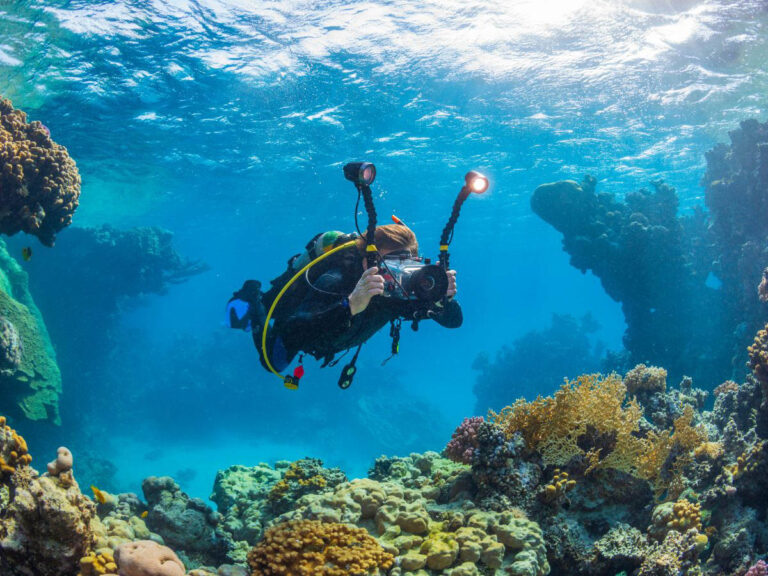Durable marine electronics use encapsulation technology. Get reliable performance and protection for your gear, from sonar to underwater cameras, at sea.
Marine electronics are exposed to some of the toughest environments, from salty spray to underwater pressure. Keeping this technology functional requires innovative protection methods. One standout solution is encapsulation technology for marine electronics. This process protects devices designed for underwater and marine use. Let’s break down how it works.
What Is Encapsulation Technology?
Encapsulation involves coating or enclosing marine electronic components in a protective material, such as resin or silicone. This creates a barrier against water and corrosive substances in aquatic environments. It also extends the lifespan of devices, such as sonar systems, underwater cameras, and marine GPS units.
The process also protects against thermal shocks caused by fluctuating temperatures in marine environments. It minimizes the risk of electrical short circuits by sealing exposed wires and connections. Many manufacturers use encapsulation to meet industry standards for marine electronics.
Advantages of Encapsulation in Electronics
Moisture, salt, and debris constantly threaten the functionality of devices in marine settings. Encapsulation directly addresses these challenges by preventing water ingress, resisting corrosion, and absorbing shock.
A fully sealed barrier prevents water from entering to protect delicate circuits and components. In addition, the coatings shield electronics from salt-induced corrosion. Finally, the material cushions devices against physical impacts or vibrations.
Boaters and divers can depend on their electronics for navigation, safety, and underwater exploration. Manufacturers continue to innovate encapsulation materials to enhance performance in underwater conditions.
Encapsulation and Other Manufacturing Methods
Manufacturers compare thermoforming and reaction injection molding to select the best method for producing encapsulated components. Injection molding and encapsulation technology protect sensitive internal components in marine electronics.
Unlike thermoforming, which involves heating a plastic sheet to create a basic mold, injection molding allows intricate designs and achieves consistent results. It is ideal for embedding electronics, such as circuit boards or sensors, in marine applications.
Additionally, injection molding uses materials that are flexible for underwater durability, while thermoforming is better for simple shapes.
Examples of Devices That Rely on Encapsulation
Encapsulation technology exists in several marine electronics:
- Underwater drones work smoothly while mapping shallow coral reefs or exploring deep-sea wrecks.
- Fish finders and sonar tech function reliably even after hours of submersion in highly saline environments.
- Submersible cameras stay protected and functional even under high pressure in deep waters.
Encapsulation continues to address the real-world challenges of marine exploration, proving itself as a reliable solution for protecting electronics.
Why Encapsulation Is the Future of Marine Electronics
As marine exploration advances, manufacturers demand durable, high-performance equipment. Encapsulation technology in marine electronics is reliable under any condition. This innovation helps users push boundaries with professional-grade sonar equipment or recreational underwater cameras while protecting their investments.
If you want stronger marine technology, look for products that use encapsulation. They handle the challenges of life at sea and deliver exceptional performance!






